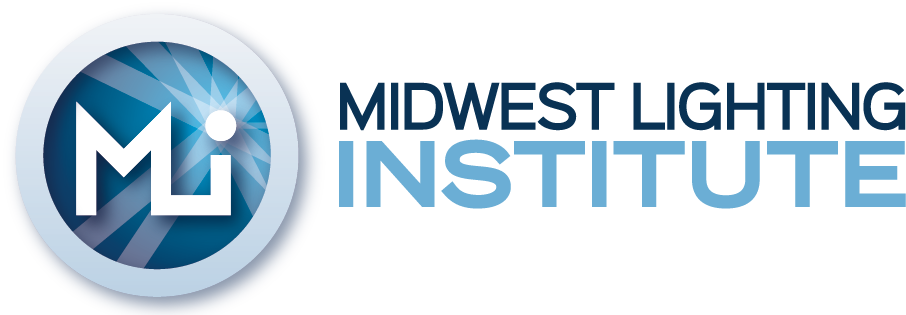NEW STUDY
Innovative LED Lighting Protocol Cuts Risk of Seniors Falling in Long-term Care Facilities by 43 Percent
A first-of-its-kind, two-year study conducted by investigators at Brigham and Women’s Hospital and the Midwest Lighting Institute (MLI), showed a significant 43 percent reduction in the rate of falls in residents at long-term care facilities that utilized a tunable LED lighting system compared to control facilities that maintained standard lighting.
NEW STUDY
Innovative LED Lighting Protocol Cuts Risk of Seniors Falling in Long-term Care Facilities by 43 Percent
A first-of-its-kind, two-year study conducted by investigators at Brigham and Women’s Hospital and the Midwest Lighting Institute (MLI), showed a significant 43 percent reduction in the rate of falls in residents at long-term care facilities that utilized a tunable LED lighting system compared to control facilities that maintained standard lighting.
ABOUT US

The mission of Midwest Lighting Institute (MLI) is to strengthen laboratory research on light’s effect on human physiological responses in real world environments.
ABOUT US

The mission of Midwest Lighting Institute (MLI) is to strengthen laboratory research on light’s effect on human physiological responses in real world environments.
LIGHTING, MEET SCIENCE
Light exerts powerful effects on the brain and on our well-being. It is not only required for vision but is also essential for a wide range of “non-visual” functions including synchronization of our biological clock to the 24h day-night cycle. A novel photoreceptor has now been shown to be an essential component for relaying light information to a set of so-called non-visual centers in the brain.
LIGHTING, MEET SCIENCE
Light exerts powerful effects on the brain and on our well-being. It is not only required for vision but is also essential for a wide range of “non-visual” functions including synchronization of our biological clock to the 24h day-night cycle. A novel photoreceptor has now been shown to be an essential component for relaying light information to a set of so-called non-visual centers in the brain.
WORK WITH US
If you or your organization is interested in advancing the science of lighting and human physiology, we’d love to talk. Contact us below.
WORK WITH US
If you or your organization is interested in advancing the science of lighting and human physiology, we’d love to talk. Contact us below.
